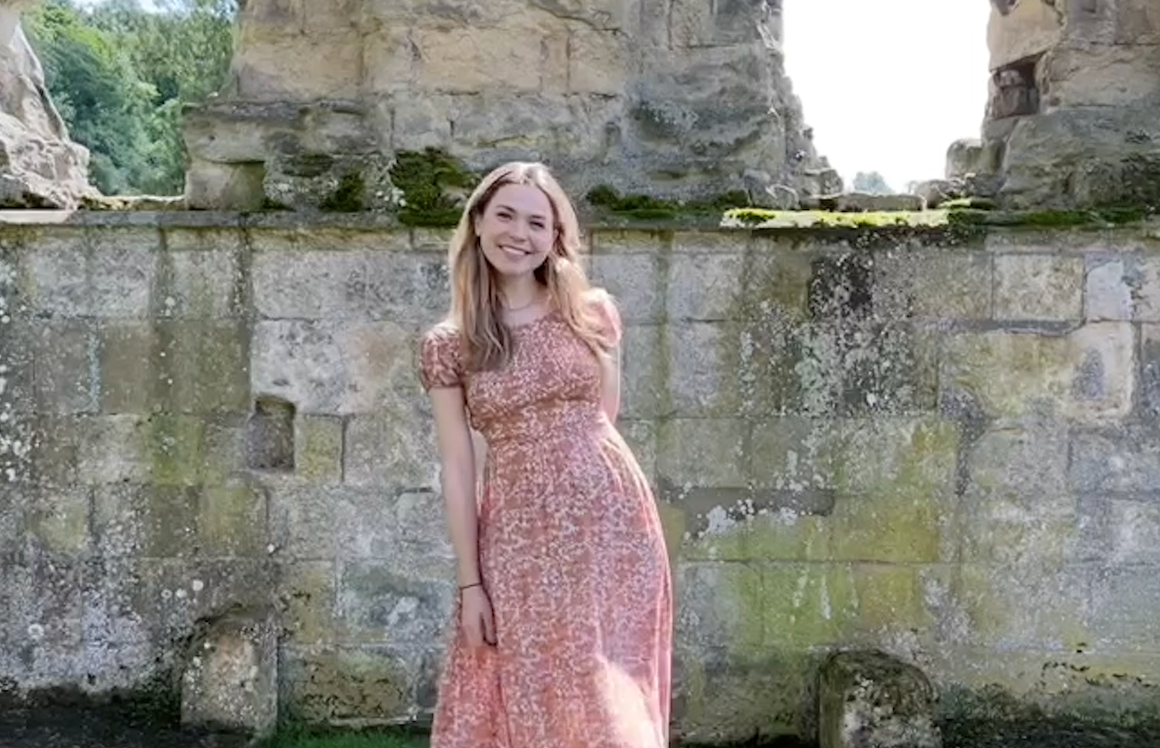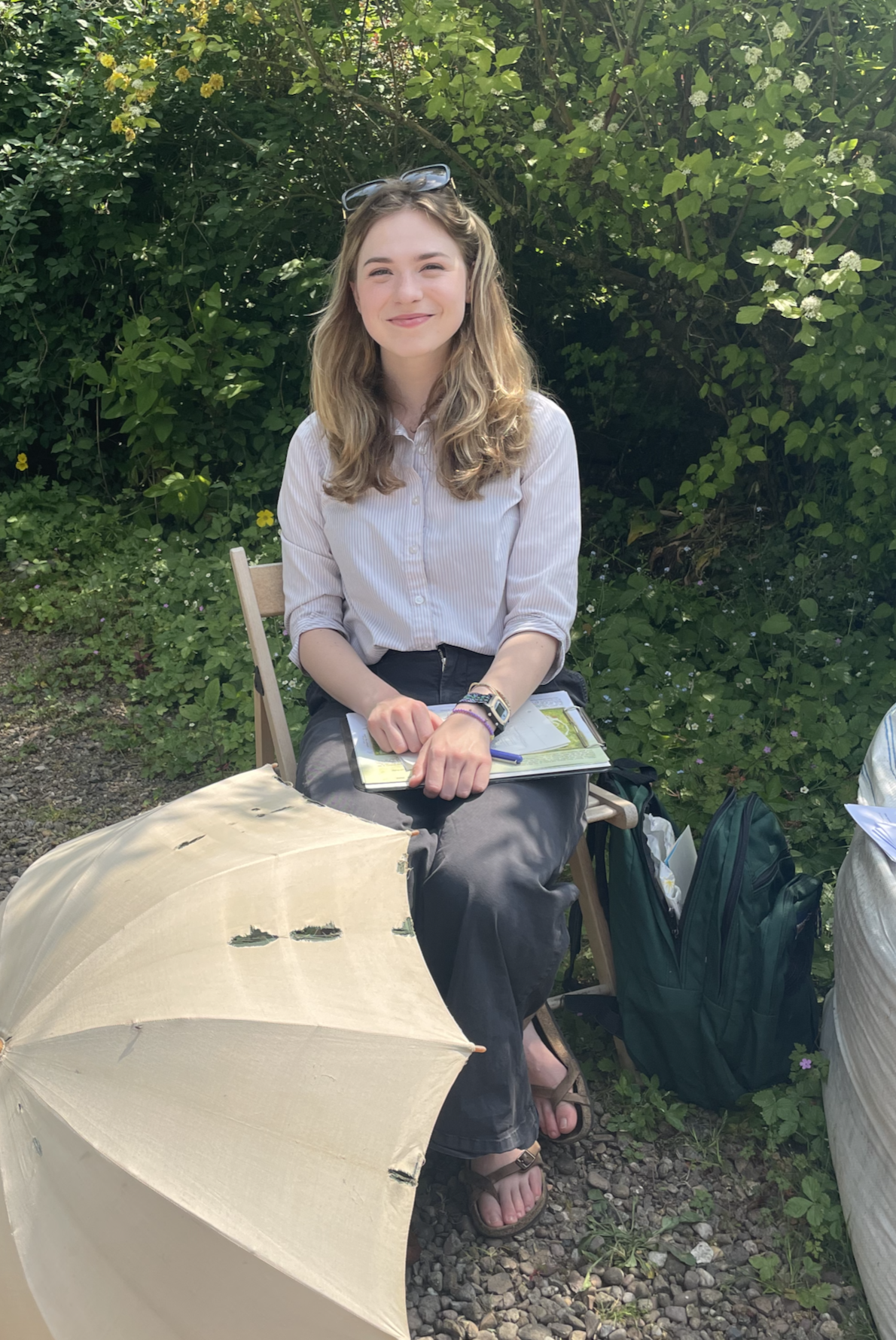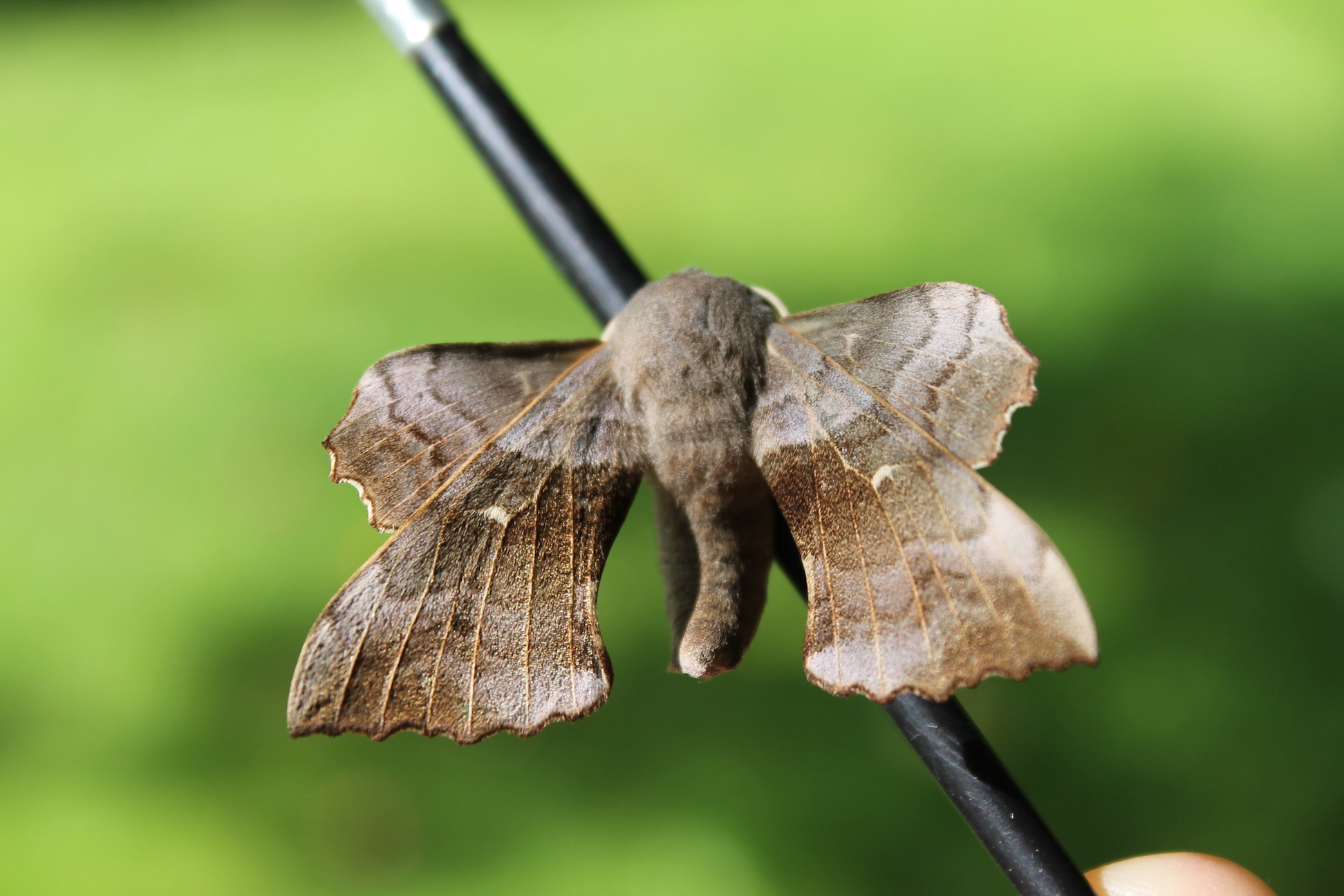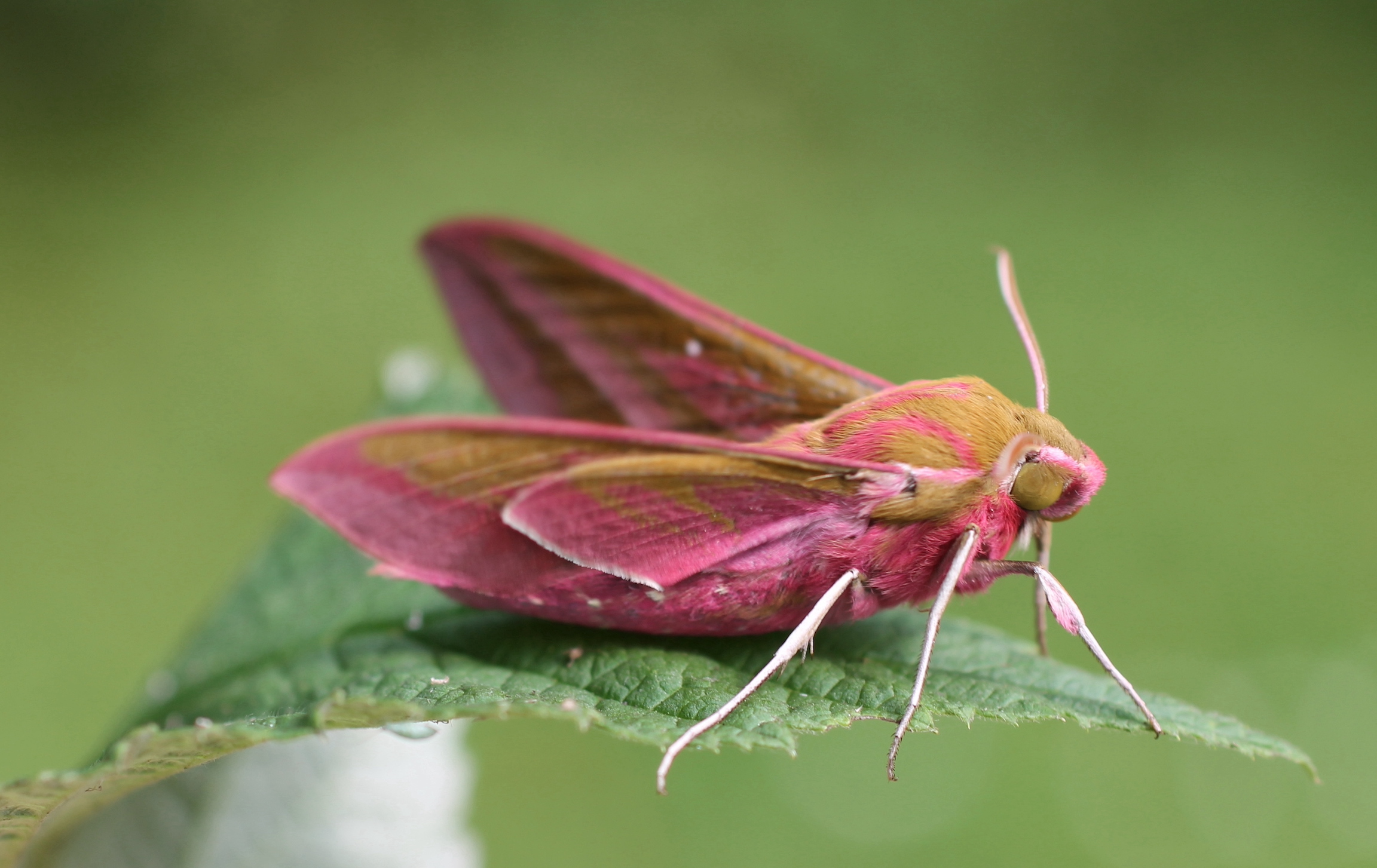The Magic of the Moorland
By: Autumn Cortright, CAS ’25

Exploring the ruins of Rievaulx Abbey in the Rye Valley
GRIP: The Laurence Sterne Trust, Coxwold, England
It was dark by the time Patrick and Chris picked me up from the York train station. Unusual, as I would come to find out: Shandy Hall, the museum trust where I’m working this summer, is so far north that I almost never see true darkness. For most of the night, the distant sun’s muted reflection blankets the North York moors, almost touching the morning.
I don’t remember much of the journey from York to Shandy Hall except the narrow roads, and how tired I was. Just a few vignettes: Patrick, the curator, gunning the Ford down a country lane that seemed to get narrower by the minute. The hedging, cut so close I worried it would scratch the car doors, creating the illusion of a dark tunnel, swallowing first the headlights, then the car and me along with it. I felt like Alice falling down the rabbit hole. I remember Chris, the gardener, showing me around the cottage, explaining the Aga stove, the 19th-century windows, and the soft humming emanating from within the kitchen walls – beehives. I abandoned my suitcase in the living room and fell asleep with my shoes still on.
The sun was so bright when I woke up, I thought I’d slept into the afternoon. I rushed to find my phone and report for the first day of my placement. Only then did I realize it was hardly five in the morning. In summer, the light of day is as eager to return to the Yorkshire moors as it is reluctant to leave them. Jet-lagged though I was, I jumped to explore the grounds that were to be my home for the following months. That magical morning was my first true encounter with the weird, wonderful place that is Shandy Hall.
Stepping out of my cottage, I was met with a scene straight from a painting. I still haven’t gotten over the view. The Hambledon Hills look down on the village pastures, where herds of Aberdeen Angus roam all summer long. Sometimes, the herd’s most curious will poke their heads over the garden wall. In the garden, rolling fields of grass, carpet-like, stretch from the cottage to the fields, framed by flower beds that seem always to be in bloom. On that first morning, the view relayed the magnitude of what this summer might have in store for me. Two months being independent, isolated, and at large in a foreign country! Just me, Patrick, Chris, the tiny village of Coxwold, and the magnificent English countryside stretching out in every direction.
That was almost two months ago. Today the beauty of the Hambledon Hills is all the more vivid, now that I know some of their secrets. They conceal grand monuments, like the chalk totem of White Horse, a huge figure of painted rock that dutifully guards the entrance to the Moors. There are hidden observatories, replica Doric and Ionic temples, ruined abbeys, and cottages straight from a fairytale. But some of the hills’ best-kept (and perhaps most magical) secrets are small enough to fit in the palm of your hand: Wonderful creatures that live all around us, yet remain almost invisible. These little sprites, to whom my research internship at Shandy Hall is dedicated, have taught me much about patience, grace, and the ingenuity of nature. I initially compared them to fairies, but the more I get to know them, the more convinced I am that they actually are magical. And the craziest thing is, before I arrived at Shandy Hall, I thought of moths as little more than porch-light pests!
monuments, like the chalk totem of White Horse, a huge figure of painted rock that dutifully guards the entrance to the Moors. There are hidden observatories, replica Doric and Ionic temples, ruined abbeys, and cottages straight from a fairytale. But some of the hills’ best-kept (and perhaps most magical) secrets are small enough to fit in the palm of your hand: Wonderful creatures that live all around us, yet remain almost invisible. These little sprites, to whom my research internship at Shandy Hall is dedicated, have taught me much about patience, grace, and the ingenuity of nature. I initially compared them to fairies, but the more I get to know them, the more convinced I am that they actually are magical. And the craziest thing is, before I arrived at Shandy Hall, I thought of moths as little more than porch-light pests!
 Becoming acquainted with the moths of North Yorkshire has given life to my childhood dream of being a faerie-catcher. In fourth grade, my friends and I founded a faerie-catching club, where we studied Tony DeTerlizzi’s ‘The Care and Feeding of Sprites’ and readied elaborate enclosures for a lucky catch. Now, ten years later, I find myself performing the duties I once dreamed of: setting traps in the evening, examining the catch in the morning, recording and photographing the vast array of winged species, and looking after them until release at dusk. The moths’ personalities are as variegated as their appearances, rendering them anthropomorphically shy, docile, gentle, graceful, energetic, strategic, and so on. The biodiversity is astonishing. The Drinker
Becoming acquainted with the moths of North Yorkshire has given life to my childhood dream of being a faerie-catcher. In fourth grade, my friends and I founded a faerie-catching club, where we studied Tony DeTerlizzi’s ‘The Care and Feeding of Sprites’ and readied elaborate enclosures for a lucky catch. Now, ten years later, I find myself performing the duties I once dreamed of: setting traps in the evening, examining the catch in the morning, recording and photographing the vast array of winged species, and looking after them until release at dusk. The moths’ personalities are as variegated as their appearances, rendering them anthropomorphically shy, docile, gentle, graceful, energetic, strategic, and so on. The biodiversity is astonishing. The Drinker (Euthrix potatoria), a fuzzy, fantastical, winged piglet, is among my favorites. The Elephant hawk-moths (Deilephila elpenor), painted strikingly with neon pink and green, give an air of elegant wisdom…And even sorcery, as they feed upon Enchanter’s Nightshade (Circaea lutetiana). The common but consistently wonderful Poplar hawk-moths (Laothoe populi), the size of my open palm, sound like tiny helicopters when, after quivering with extraordinary force, they take flight at dusk. Faerie-Catcher-in-Training (AKA Moth Research Intern) is an ideal summer internship!
(Euthrix potatoria), a fuzzy, fantastical, winged piglet, is among my favorites. The Elephant hawk-moths (Deilephila elpenor), painted strikingly with neon pink and green, give an air of elegant wisdom…And even sorcery, as they feed upon Enchanter’s Nightshade (Circaea lutetiana). The common but consistently wonderful Poplar hawk-moths (Laothoe populi), the size of my open palm, sound like tiny helicopters when, after quivering with extraordinary force, they take flight at dusk. Faerie-Catcher-in-Training (AKA Moth Research Intern) is an ideal summer internship!
It hasn’t always been easy here, though. Being at Shandy Hall is an exercise in solitude. For my whole life in the states, I never took the time to be truly alone. Coming to England mandated facing my authentic self. To do so was a scary thing. Two months ago, on the eave of my departure for England, I remember being genuinely terrified: Would I like the person that I have become? Would I be proud of her? With no one watching except the blue English sky above, would I do the right thing? Would I run towards a challenge, or cower from it? Would I find myself to be a nice person? Hardworking, even without grades to compel me? I was scared to meet myself, scared to acknowledge the face in the mirror as my own, instead of someone merely defined by external perceptions and outcomes. This was a cold, hard chance to see myself firsthand, in action. A chance I knew I would only get once.
Terrified though I was, I came anyway. Now I know it was because I truly, truly wanted to find out who I am. I couldn’t be more glad that I did. It was a challenge, to be sure. But I found the perspective I was looking for. I made my own acquaintance, and discovered that I enjoy my own company – a friend for life. And what’s more, I found true magic in nature, just as I’d always dreamed I would. I observed miracles and natural wonders wilder than fiction. I found a world of beauty right under my nose. My memories of England will always be a little haven, a soft place to retreat when I encounter the inevitable ups and downs of my life to come. I couldn’t be more grateful for the invaluable gifts Yorkshire has given me: true self-reliance, appreciation of life big and small, and a long-sought after, precious menagerie of faeries.
The Global Research and Internship Program (GRIP) provides outstanding undergraduate and graduate students the opportunity to intern or conduct research abroad for 8 to 12 weeks over the summer. Participants gain career-enhancing experience and global exposure that is essential in a global workforce.